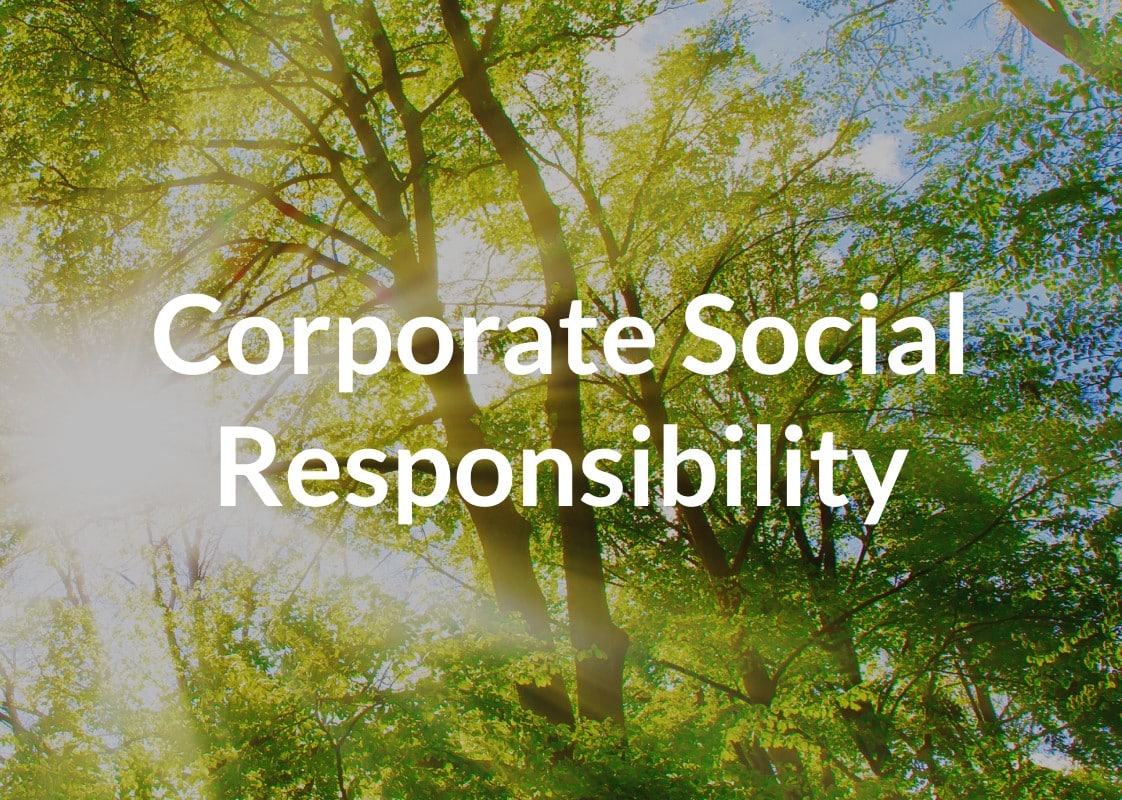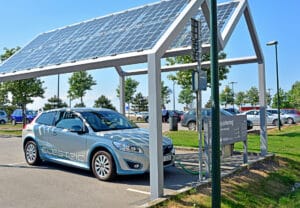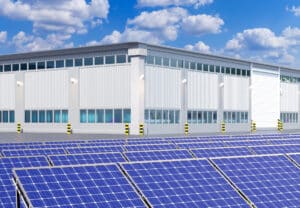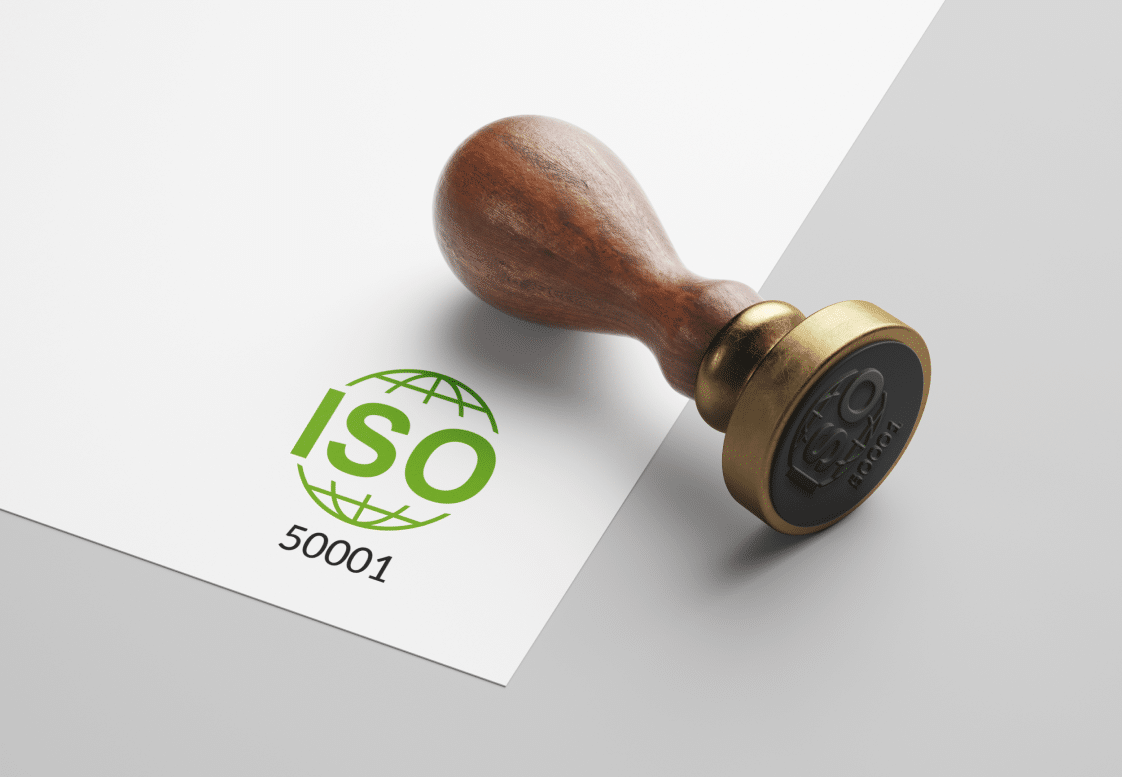
By the end of 2022, the energy management sector will exceed a whopping $10 billion.
The energy management industry is booming as organizations worldwide turn to an efficient energy management system to lower costs, reduce output, and think more sustainably.
As energy costs continue to rise globally, organizations must ensure their energy use is optimal across all facilities and assets. Though global energy demand has slowed in its growth, price instability has caused wholesale energy costs to triple in some areas.
An effective energy management system is one of the most direct ways organizations can combat these rising costs and increased energy instability.
But this goes beyond just saving on operational and energy costs and cutting down on inefficient equipment and sites. Working within a framework as your organization works to maximize energy efficiency is paramount, and ISO 50001 Energy Management is the internationally recognized standard.
So let’s start by breaking down precisely what ISO 50001 Energy Management is and why a framework is needed.
What is ISO 50001 Energy Management?
ISO 50001 Energy Management is a compliance framework standard focusing on efficient energy management for ESG-minded organizations.
This is for those looking to manage their footprint and improve energy costs and operations – a necessity in 2022.
It’s intended to be used in tandem with other standards focused on environmental impact and achieving ESG targets and is perfect to base an Energy Management System (EnMS) on.
First released in 2011, it has quickly become the internationally-recognized standard for compliance in regards to energy management. It requires a marked improvement in energy performance and efficiency and a reduction in energy waste and overall usage.
Who does ISO 50001 Energy Management apply to?
Does your organization try to manage your energy use and save on operational costs?
If the answer is yes, ISO 50001 Energy Management is relevant for you and your organization. Properly managing energy use is critical to reducing operational expenditures.
ISO 50001 is relevant for organizations of all types and sizes, from building and industrial facility managers to banks, smart buildings, SMBs, and others.
How does having ISO 50001 Energy Management help my organization?
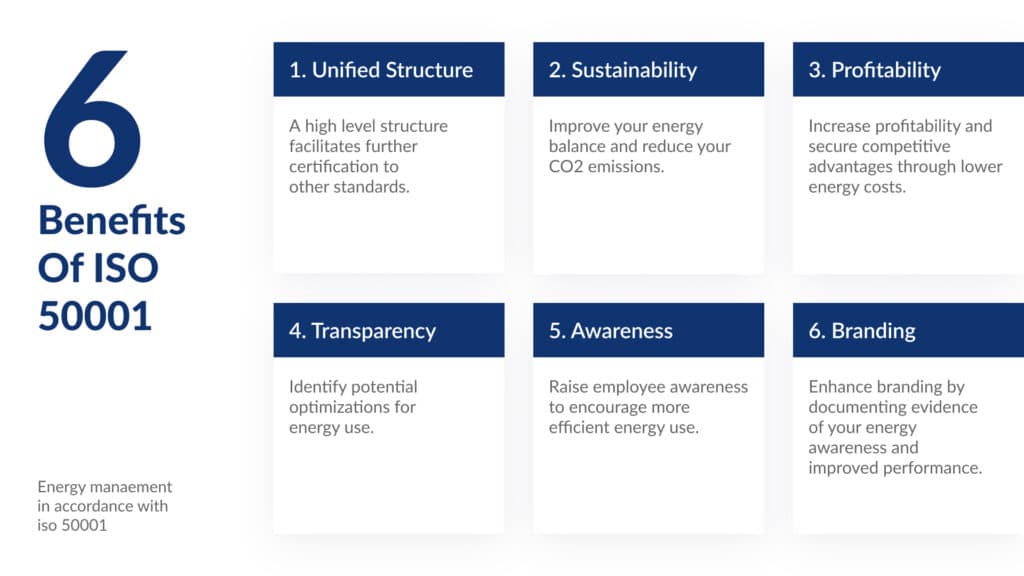
Carrying any sort of internationally recognized compliance is a badge of honor any brand or organization can proudly wear and consumers can trust.
That being said, how does carrying ISO 50001 actually help improve your organization
Beyond the obvious reduced energy use, costs, and improved carbon footprint , there are many benefits to achieving and maintaining compliance.
These include:
- Improved resilience to fluctuating energy prices
- Proving your organization’s commitment to efficient operations
- Certifying reputation for clients, suppliers, partners, and investors
- Differentiate organization from competitors
- Minimize risk of regulatory fines and streamlined compliance reporting
- Set an example for other entities in your sector(s)
Any organization that uses energy, no matter the type, no matter their location, size, or sector, can benefit from achieving and maintaining compliance with ISO 50001. By its very nature, this compliance standard is focused on continual effort and improvement regarding energy use and management.
Steps to implementing the key elements of ISO 50001 Energy Management
There are many methods of achieving and maintaining ISO 50001 compliance, but for simplicity’s sake, we have boiled it down into six easy steps.
Planning phase
1. Develop a policy for more efficient use of energy
The first step to establishing your organization’s compliance with ISO 50001 is creating a concrete plan for improving your energy use, efficiency, and carbon footprint.
A climate action plan will provide the basic framework and strategy you need to achieve these energy standards.
Without this, it is very easy for these efforts to achieve compliance to become chaotic and much longer than necessary. Not to mention confusing and convoluted for all involved!
Doing phase
2. Fix targets and objectives to meet the policy
As part of your climate action plan, having specific targets and trackable objectives is critical to keeping track of your progress and ensuring all employees are onboard.
This includes the actions you intend to take to introduce more efficient, climate-conscious equipment like renewable, clean energy solutions and technologies.
These targets also include performance metrics for your remote assets and sites to help your efforts have the intended effect.
Check phase
3. Use data to better understand and make decisions about energy use
Setting targets and thresholds goes beyond keeping your efforts to achieve compliance organized; they provide a wealth of data on how your facilities and assets perform.
This makes it very clear when and how your remote sites and assets are operating and any instances where potential malfunctions or outages are imminent.
Comprehensive energy management systems are also integral to keeping this data organized, verified, and accurate.
4. Measure the results
After setting thresholds and targets, you need to measure and analyze the organized data to discover actionable insights you can use to make changes to your operations.
By understanding where outliers exist and the greatest potential or need for optimization, you can focus your efforts and avoid relying on periodic onsite checks.
This can range from generators operating under load, batteries charging improperly, or even fuel theft. Sometimes single sites can be massive drains on energy, or certain assets perform very inefficiently.
An effective remote monitoring and management solution is important for detecting and mitigating these anomalies as soon as possible.
5. Review how well the policy works
Once you’ve established your policy, outlined your objectives and thresholds, monitored, analyzed, and made necessary changes, you must ensure it’s working as intended!
Beyond maintaining compliance goals, you need to look at how the government behaves and how its plans align with yours. This also extends to your customers, understanding the return on investment they have received from your changes.
After establishing how well your organization met its objectives, you can better understand where it is most worthwhile to invest your time going forward and which initiatives can be shelved for the time being.
Act phase
6. Improve energy management
Becoming more aware of and actively tracking your energy use and performance is no longer an optional part of managing operations.
As investors and customers pay closer attention to how their trusted brands operate, organizations must start paying attention to and actively working on improving their energy efficiency.
ESG objectives and actions are becoming a critical consideration for the next generation of investors and decision-makers.
From free-falling costs of renewable energy to decentralized grids and billions in government energy projects, recent energy trends are favorable for investing in energy management compliance.
Start managing your energy usage effectively with Galooli
Keeping your organization compliant with international standards can be daunting, but the value is undeniable.
Achieving an international standard like ISO 50001 can be a key factor in separating yourself from competitors while providing tangible added value and improved ESG metrics.
Remote monitoring and management solutions can provide an all-encompassing solution to track and optimize your energy assets and facilities.
Keep your organization on track to achieve and maintain ISO 50001 compliance and future-proof your organization for global energy shifts with Galooli. Request a free demo here.
Connect With Us
operational cost savings & efficiency?





















